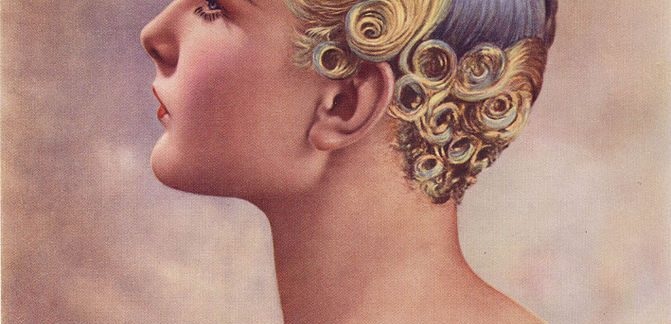“Perming refers to either a chemical straightening or a chemical curling”
A permanent wave, commonly called a perm or “permanent”, involves the use of heat and/or chemicals to break and reform the cross-linking bonds of the hair structure. The hair is washed and wrapped on a form and waving lotion or ‘reagent’ is applied. This solution reacts chemically softening the inner structure of the hair by breaking some of the cross links within and between the protein chains of the hair. The hair swells, stretches and softens, then molds around the shape of the form.
In addition, the process is often used for the chemical hair straightening, or relaxing (a process first developed by Renaud Whittington). This process makes use of the same chemical reactions as that of the permanent wave, but the hair is combed straight rather than wrapped around forms.
“It works by breaking the inner bonds of the hair and re-forming them back together in a different way.”
Due to the harsh nature of the chemicals, it is important that contact with the skin be minimized. Modern chemicals are less irritating, but measures should still be taken to reduce contact with anything other than hair.
A poorly performed permanent wave will result in breakage of the disulfide bonds through chemical reduction, because it fails to fix the newly formed bonds. This results in hair that is no longer elastic and flexible, but brittle and fragile. At this point, even combing the hair will result in hair loss. The hair shafts will experience fracture where they exit the scalp. Because the bulb of hair has not been removed, though, the hair follicle is not damaged and the hair will regrow; however, the temporary hair loss may be distressing.
Like bleaching, it weakens your hair, leaving it dull and damaged over time so that instead of luxurious curly locks or shiny straight tresses, your hair looks brittle and dry.
